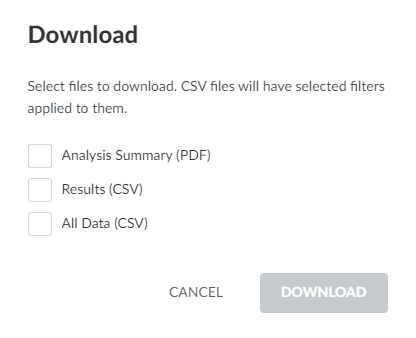

The audit team should employ the requirements of the Statement on Auditing Standards No. The risk assessments discussed earlier need to be tailored specifically to the function under review. For instance, one area may be dealing with cash or payments and another with access controls and authorities. Each area has different elements and risks. You need to break down the organization to at least the business-unit level to be able to focus on a more detailed level. It would be impossible to perform this task on the business organization as a whole. With this knowledge, the next step is to identify weaknesses or areas where potential fraud may exist within the business systems. You cannot apply all the same steps and procedures universally to every business, as business practices in different industries, as well as within the same industries, differ greatly. This knowledge allows you to tailor your evaluation strategies to the organization. This cycle includes evaluating areas of potential fraud and identifying symptoms or red flags for frauds. A good understanding of the industry in general, along with the business environment, will give you a baseline for comparison purposes. To start the cycle one must understand the whole business well and, specifically, the subsidiary, division, or business unit being reviewed.
#Caseware idea conclusion software
The stages are evaluation and analysis, software and technology, and the audit and investigation stage. Fraud and Fraud Detection is a guide to more efficient, more effective fraud identification.THE DATA ANALYSIS CYCLE is a three-stage cycle that is constantly changing, and which must be adjusted to in order to be effective. With datasets growing exponentially, increasing both the speed and sensitivity of detection helps fraud professionals stay ahead of the game. The delineation of detection techniques for each type of fraud makes this book a must-have for students and new fraud prevention professionals, and the step-by-step guidance to automation and complex analytics will prove useful for even experienced examiners.


Step-by-step instruction and practical advice provide the specific abilities that will enhance the audit and investigation process. Fraudulent transactions are easily hidden in these enormous datasets, but Fraud and Fraud Detection helps readers gain the data analytics skills that can bring these anomalies to light. The companion website provides access to a demo version of IDEA, along with sample scripts that allow readers to immediately test the procedures from the book.īusiness systems' electronic databases have grown tremendously with the rise of big data, and will continue to increase at significant rates. Readers will learn to use complex data analysis techniques, including automation scripts, allowing easier and more sensitive detection of anomalies that require further review. The book begins by reviewing the major types of fraud, then details the specific computerized tests that can detect them.

Detect fraud faster - no matter how well hidden - with IDEA automationįraud and Fraud Detection takes an advanced approach to fraud management, providing step-by-step guidance on automating detection and forensics using CaseWare's IDEA software.


 0 kommentar(er)
0 kommentar(er)
